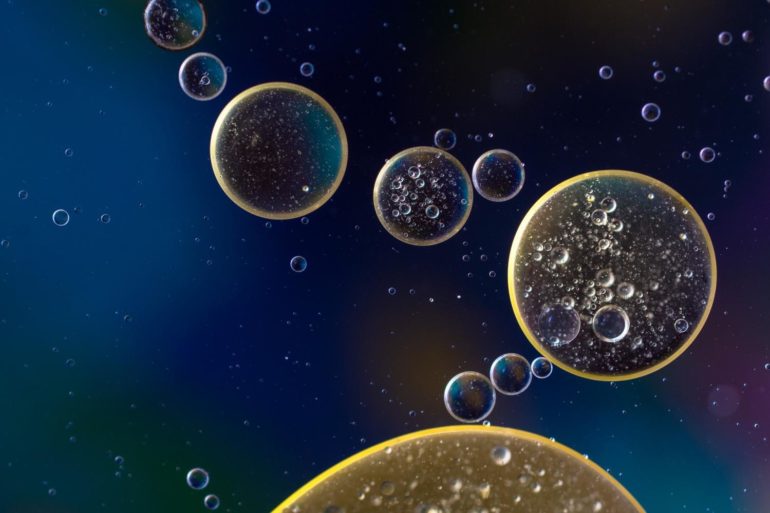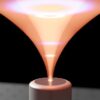Scientists at Sanford Burnham Prebys have gained a deeper insight into the intricacies of autophagy, the process in which cells degrade and recycle cellular components. The findings, published in Current Biology, describe how the “trash bags” in a cell—called autophagosomes—are tagged to direct their movement to the cellular “recycling plants” where waste is processed. The research opens new paths to understanding the relationship between autophagy and age-related diseases such as cancer and neurological disorders.
“Our latest study identifies how a chemical modification (phosphate-related tag) of a key autophagosome component, the protein called LCB3, helps direct the transport of autophagosomes within the cell in the right direction,” says Malene Hansen, Ph.D., professor at Sanford Burnham Prebys and senior author of the study. “We previously reported that LCB3, which is found on the surface of autophagosomes, needs to be tagged for autophagy to function effectively. Now we have a better understanding of how tagging happens and how important it is for autophagosome movement.”
In addition to their own laboratory studies, the Hansen lab worked with colleagues in the lab of Sandra Encalada, Ph.D., at the Scripps Research Institute, San Diego, leaders in the field of transport of cellular components in neurons. Those investigations showed that blocking the chemical modification of the LC3B protein disrupted the efficient transport of autophagosomes toward the cellular recycling plants.
“Waste transport in a cell is like moving garbage trucks down a highway,” says Jose Luis Nieto-Torres, Ph.D., a postdoc in the Hansen laboratory and first author of the study. “Together with our collaborators, we studied the process in nerve cells because they are long and flat, which helps us observe the directional aspects of transport, a critical aspect for waste recycling via autophagy.
“We clearly saw that if phosphate tagging of LC3B was hampered, autophagosomes, or the trash bags filled with waste, failed to move in the direction of lysosomes—cell’s recycling plant. This is potentially very harmful to the health of a cell. It’s somewhat analogous to what would happen if a garbage truck didn’t pick up your trash—your waste could accumulate, become scattered in the neighborhood and create a health hazard.”
As a next step, the researchers want to figure out which waste products are selected for recycling and how a cell determines when to start moving the waste.
“My lab’s research efforts are focused on the relationship between aging and autophagy,” concludes Hansen. “Based on this discovery, we have a new, potential entry point to modulate the activity of recycling in a cell, which may prove relevant to understanding the diminished functions of autophagy that are known to occur in aging cells. Such insights could ultimately lead to new drug targets to combat age-related diseases as well as potential diagnostic markers to assess autophagy ‘health,’ an important goal for the future.”
New membranes for cellular recycling
More information:
Current Biology (2021). DOI: 10.1016/j.cub.2021.05.052
Provided by
Sanford Burnham Prebys Medical Discovery Institute
Citation:
Researchers dig deeper into how cells transport their waste for recycling (2021, June 18)
retrieved 19 June 2021
from https://phys.org/news/2021-06-deeper-cells-recycling.html
This document is subject to copyright. Apart from any fair dealing for the purpose of private study or research, no
part may be reproduced without the written permission. The content is provided for information purposes only.



